How to get lean by eating fat
It's time to rethink your food strategy. With the right guidance, fats can help you look, think and perform better. Here's how:
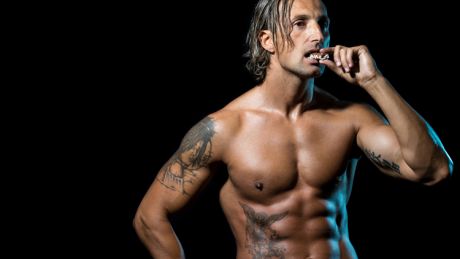
FACT- you’ve been lied to about fat. Bombardment from outdated government pamphlets, less-than-stellar nutritionists and yoghurt adverts (‘0% fat!’) have you believing dietary fat, while delicious, will turn into its unappealing belly-based counterpart like a prince turning into a frog. Wrong. Eaten in the right format and at the right time, fat is a powerful weapon for lifting harder, running faster, thinking better – and, yes, getting lean. MF and leading nutritionist Ben Coomber start your re-education here.
Step 1: Rewire Your Head
The first step is understanding that fats are not your enemy
One thing the label-makers have right is that fat is the most calorie-dense macronutrient, with nine calories per gram compared with carbohydrate and protein’s four. But this in itself does not make fat your enemy. ‘We’re too quick to cut fat when we want to get rid of a gut,’ says Coomber. ‘There’s no such thing as an essential carb – you could live without carbs at all – but there are essential fats, because your body can’t make them from anything else. Your hormones drive nearly every biochemical reaction in your body and they’re made primarily from fat in your diet.’ Translation: if you want your body to function properly and your hormones in balance, including testosterone, you need to eat fat.
Step 2: Know your enemies
Not all fats are created equal – and the latest science contradicts what you’ve long been told. Use this cheat sheet when you read the packaging
Monounsaturates
The fats everyone agrees on. Numerous studies have linked them to elevated levels
of HDL (‘good’) cholesterol, while a meta-study conducted by the American Heart Association linked them to decreased risk of cardiovascular disease. Also: they’re delicious.
Found in… avocado, olive oil and nuts
Get the Coach Newsletter
Sign up for workout ideas, training advice, reviews of the latest gear and more.
Eat them… every day
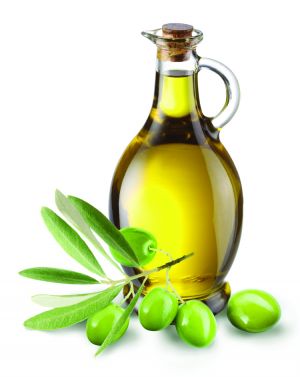
Polyunsaturates
This is the omega 3/6/9 family you see lining the shelves of health-food shops, and they’ve been linked to a host of positive effects when they’re in the right ratio. ‘Not one person eats enough fish,’ says Coomber. ‘It couldn’t be any more undervalued.’ Solution? Eat more wild-caught salmon or start taking fish oil.
Found in… fish, krill, chia seeds
Eat them… every day
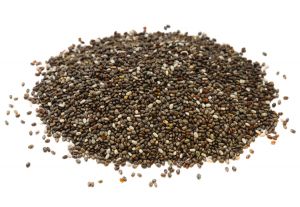
Saturates
The contentious one. Saturated fat has been linked to heart disease, but a re-evaluation of old research and a new Dutch study have questioned that link. But a warning: ‘With saturated fat present, sugar forms cholesterol particles that oxidise easily, damaging your arterial walls,’ says Coomber. ‘Embrace fat, but ditch sugar.’
Found in… meat
Eat them… in moderation
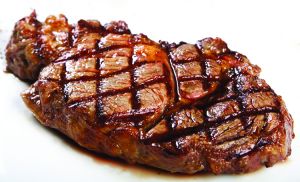
Trans fats
The real enemy – artificial fats made by hydrogenating unsaturated fats to make them stable at room temperature. Fast-food makers love them, but a 1993 study linked them to increased risk of heart attack, and in New York City restaurants must limit them to 0.5g per serving. Avoid if you can.
Found in… margarine, most processed food
Eat them… as little as possible
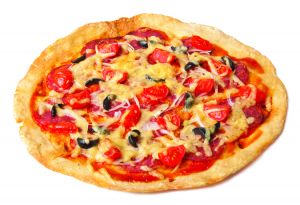
Step 3: Retrain your body
Your body wants carbs. To teach it better you need to start first thing in the morning
If your typical breakfast is toast and cereal, you’ve turned your body into an inefficient, carb-burning, fat-storing machine. But there is an easy fix. ‘Recent research shows the more fat-dominant your meals are in the early part of the day, the more fat you’ll burn throughout the day,’ says Coomber. ‘Technically this is due to “up-regulation” of fat-burning through the appropriate energy and enzyme pathways. Put another way, if you feed the body lots of one macronutrient, it will expand its ability to use it as energy.’
The ultra-simple version? ‘The more fat you eat, the more fat turnover you’ll have. I lean towards a more fat-dominant first half of the day and save the carbs for later on.’
Step 4: Fuel up with oil
Add something new to your pre-workout cup of coffee and reap the energy rewards
Carb-loading? So 1990s. The next step of your fat-burning conversion is to convince your body fat is the best source of fuel. Do that by making it the last thing you take before a workout. ‘Pre-workout, have a coffee with two or three teaspoonfuls of coconut oil – it’ll be burnt fast for fuel as it is packed with medium-chain triglycerides, but still keep you primarily burning fat for fuel,’ says Coomber. ‘When you work out and need to burn energy fast, your body will still be burning fat but will also burn through your muscle glycogen, keeping you optimised to burn fat and carbohydrates.’
Step 5: Optimise your intake
With your body primed to burn fat it’s time to fine-tune the process depending on your goals. Here’s how it’s done
Fat loss
‘You might drop your overall food intake slightly to lower calorie consumption,’ says Coomber. ‘But overall, you’d keep your fat intake at roughly 30% of your daily calories.’ And cut back on the vegetable oil. ‘It can lead to inflammatory responses, which damage your overall health,’ says Coomber.
Performance
If you want to think faster or lift harder, have more coconut oil. ‘It’s a source of energy and saturates the brain for optimal functioning,’ says Coomber. Cook eggs in it or mix a teaspoonful or two into your coffee.
Muscle
Want to pack on size? Eat animals. ‘Saturated fat feeds into the testosterone pathway and testosterone promotes muscle growth,’ says Coomber. If beef is your meat of choice, you also get a solid hit of protein and some energy-boosting creatine – the perfect muscle food.
Your big fat meal plan
Rewire your system to burn fat by eating more of it, with nutritionist Kate Sparkes’s recipes and Ben Coomber’s fat-loss meal plan
8am: Spanish omelette
Cook 3-4 eggs in butter with a handful of chopped red onion and tomatoes. Fry some broccoli in a pan with butter, then throw in a splash of water and cover the pan to steam it the rest of the way, and serve with the omelette.
11am: Buttered coffee
Make a cup of good-quality black coffee, then stir in 1-2tsp unsalted, grass-fed butter – Kerrygold is a good option. Blend with a hand-blender until foamy. Drink.
1pm: Feta salad
Mix dark leafy greens with a handful of feta cheese and a whole avocado. Drizzle with 1tsp olive oil.
3pm: Nuts and fruit
Your choice. Coomber recommends brazil nuts for a hit of selenium and blueberries for the antioxidants.
6pm: Baked salmon
Marinade your salmon in olive oil, lemon juice, garlic, basil, salt and pepper. Place it on a sheet of foil, drizzle more marinade over it, then wrap the foil around and pinch it closed. Bake in the oven at 190˚C/gas mark 5 for 45 minutes. Serve with your choice of veg.
Coach is a health and fitness title. This byline is used for posting sponsored content, book extracts and the like. It is also used as a placeholder for articles published a long time ago when the original author is unclear. You can find out more about this publication and find the contact details of the editorial team on the About Us page.

